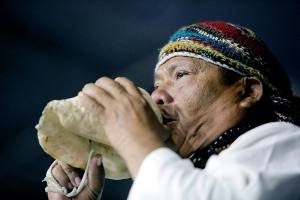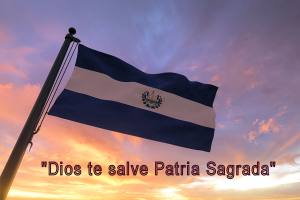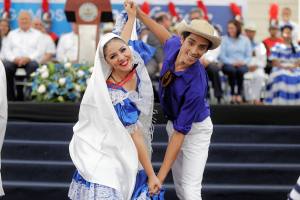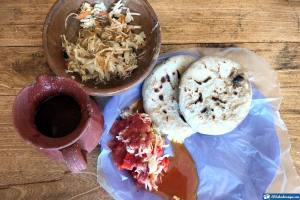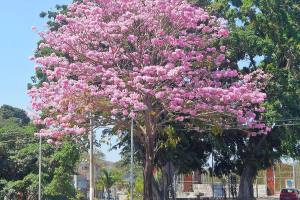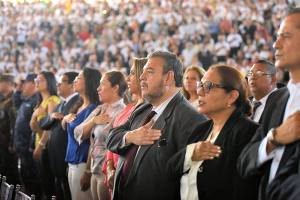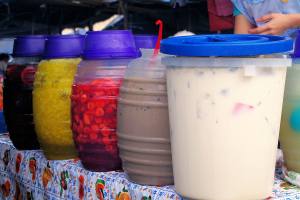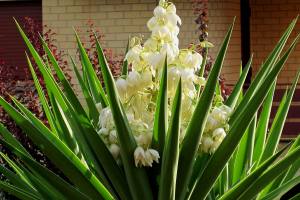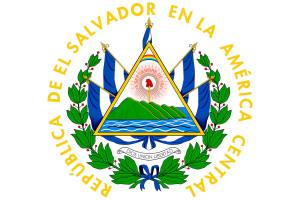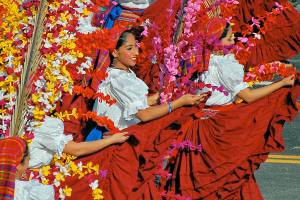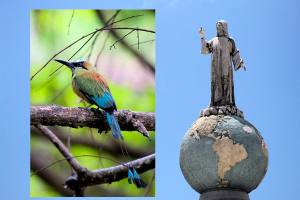El Salvador is a country where traditions, customs, costumes, and dances are the most representative manifestations of its people. It is even well known that the Salvadoran culture originates in 1,200 BC.
Such data has been compiled thanks to the findings made in the archaeological sites of El Salvador. In this place, you can learn about the lifestyle of its first inhabitants, their religion, and other aspects maintained even over the years.
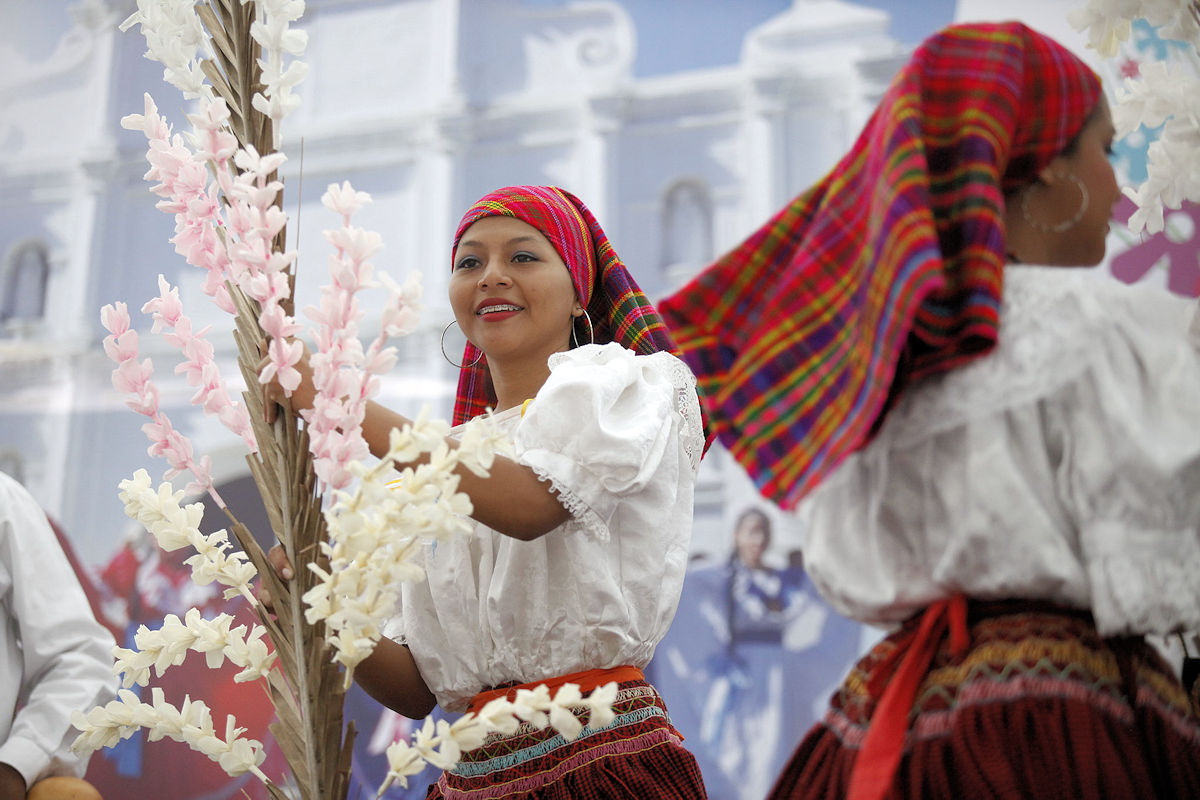
CULTURE OF EL SALVADOR - Traditions of El Salvador. Photo by Presidencia El Salvador. Flickr.
Indeed, with the arrival of the Spaniards, many people moved to other regions. With it came slavery, miscegenation, and multiple battles for freedom. However, the most deeply rooted traditions were maintained, while others changed without losing their essence.
The important thing is that despite everything, the culture of El Salvador is one of the most characteristics of Central America, and therefore, in this opportunity, we invite you to get to know it. Let’s begin!
Culture and traditions of El Salvador
1. Typical costumes
As part of the culture of El Salvador, we can find its typical costumes of various types. Many of these are only used during the most important traditional festivities, while others are part of the daily dress in some regions.
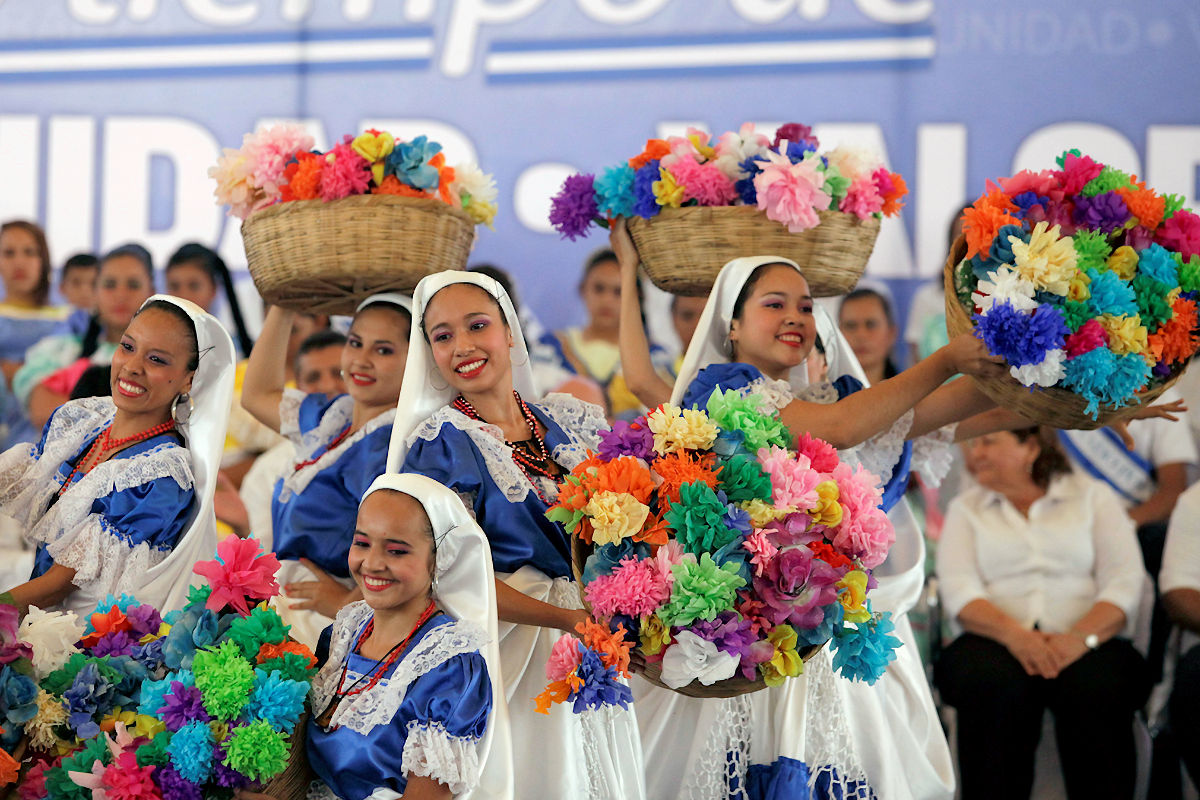
Its most excellent variety in form and style is attributed to the feminine dress composed of a skirt, blouse, sandals, scapular, shawl, or simply a colorful dress. Its type varies according to the department or region, such as:
- Izalqueña costume used in Izalco and Sonsonate.
- Cacaopera costume is typical of the culture of the department of Morazán.
- Mingueña costume for the departments of Sonsonate, Ahuachapán and Santa Ana.
- Costume of the Panchas in San Salvador and Panchimalco.
- Volcaneña costume in San Salvador and La Libertad department.
- Nahuizalqueña costumes are used in the region of Nahuizalco and Izalco.
- Yucuaiqueña costume in Yucuaiquín in the department of La Unión.
As for the man, he wears pants, a shirt, shoes or espadrilles, and a hat. It should note that the traditional or modern costume is chosen depending on the occasion or celebration.
2. Gastronomy
Salvadoran gastronomy is one of the great riches of its people. Among its traditional dishes, pupusas stand out. Even the second Sunday of November has been decreed as National Pupusas Day.

On the other hand, because in El Salvador, there are a significant number of indigenous communities, corn is the ingredient par excellence for elaborating their dishes. Among which we can also find tamales, tortillas, empanadas and enchiladas salvadoreñas.
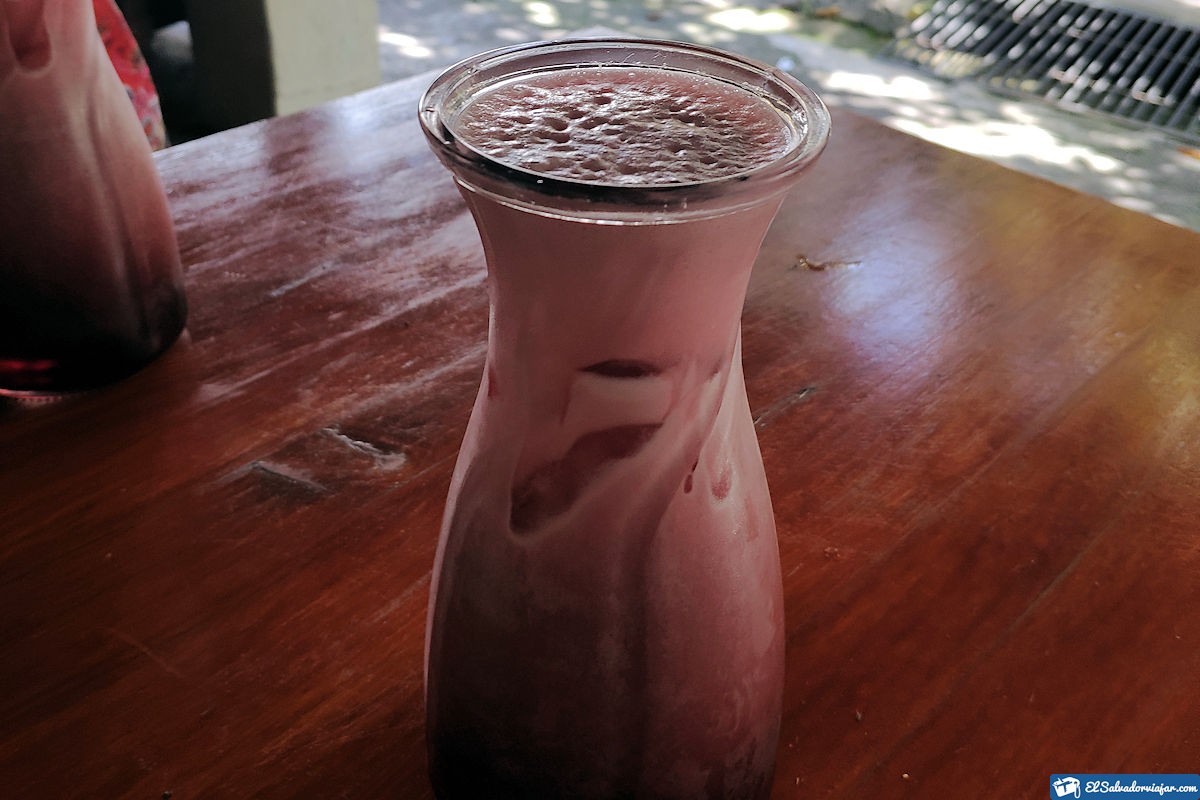
Within this category are also dozens of typical drinks, the most famous being the atol shuco, Chilate, Horchata, and Leche poleada, among many others. They are perfect to accompany a delicious sweet potato or nuts candy.
3. Indigenous peoples and language
The official language of El Salvador, like most Latin American countries, is Spanish. However, its extensive historical lineage composed of many indigenous peoples makes it possible that other languages are still preserved. The names of some towns, foods, and dances are an example of this.
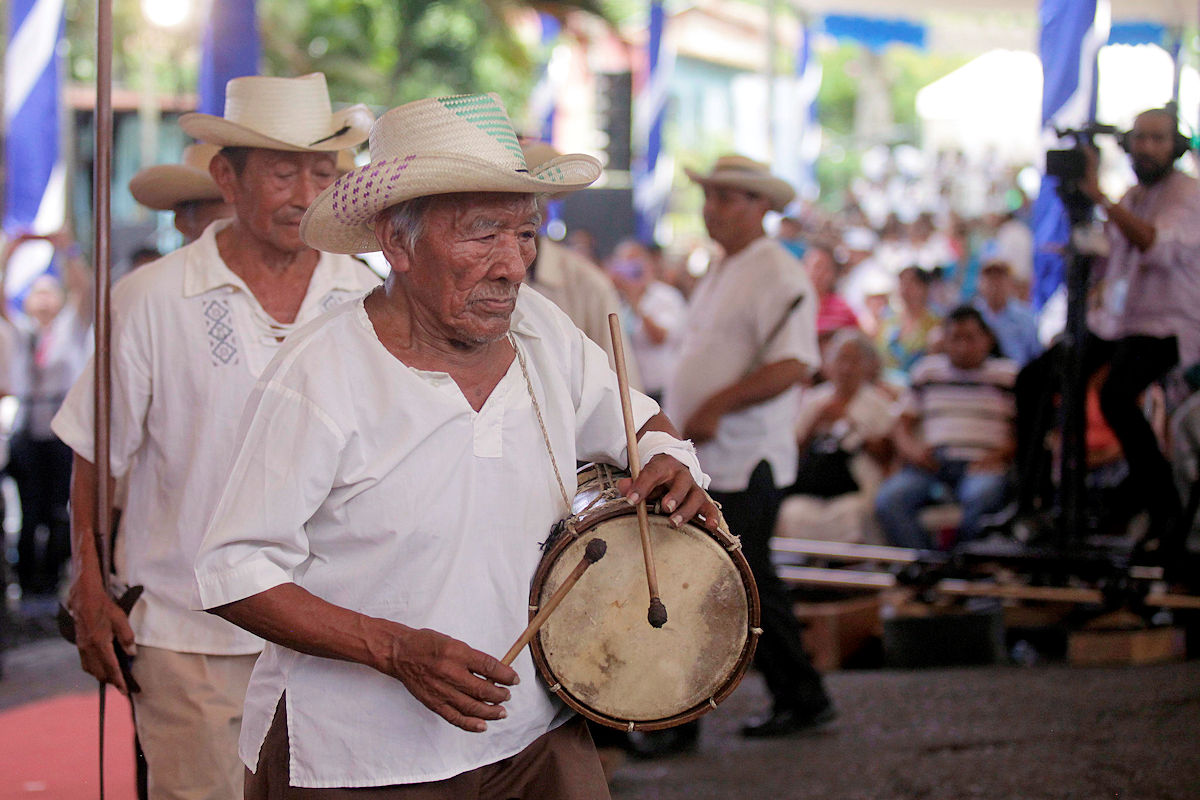
However, in some regions of El Salvador, it is common to hear people speak Pipil since it is not an obligatory language and is attributed to the elders. In addition to this language, Lenca, Chortí, Poqomam, and Xinca, among others, stand out. Some of them are already extinct or with a minimum of speakers in the country.
4. Artistic manifestations of El Salvador
Among the artistic manifestations of El Salvador, we can find the main one’s handicrafts and dance, as well as literature, painting, music, and sculpture. This particular group has given rise to multiple movements to promote tourism through culture. Let’s get to know some of them.
Crafts
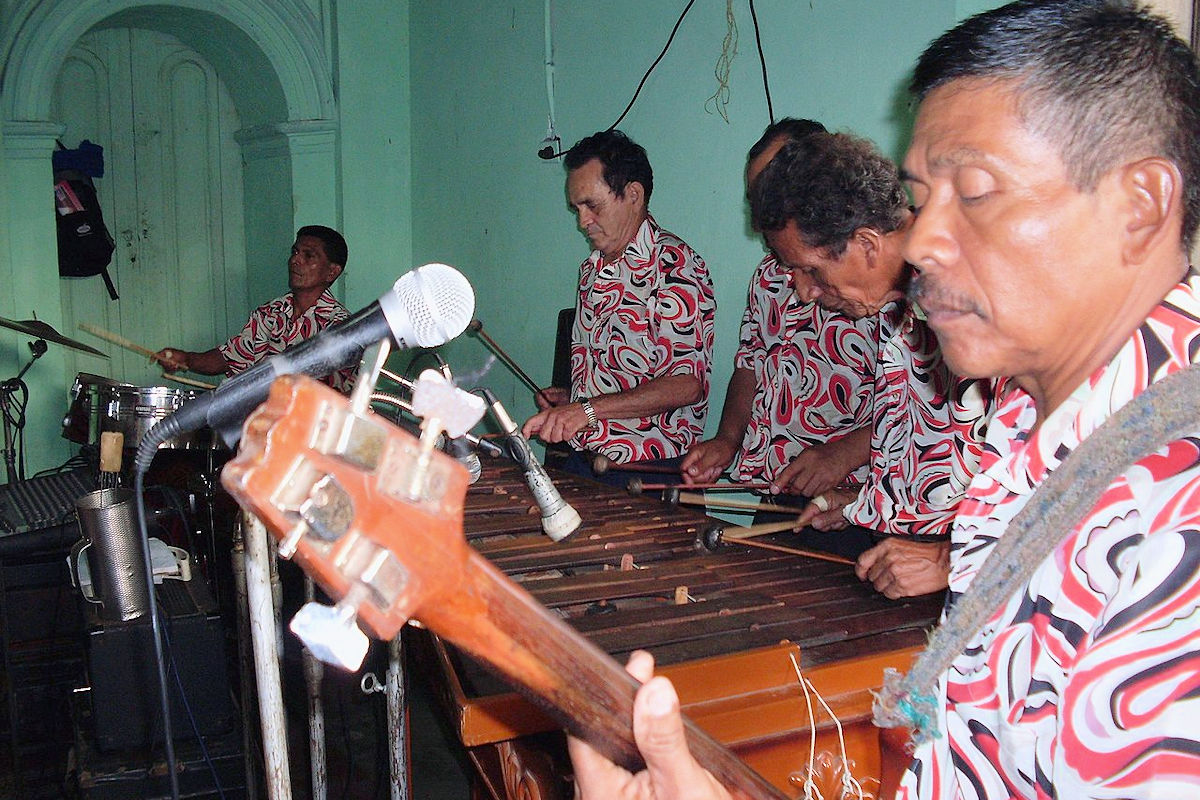
Handicraft
Undoubtedly, the culture of El Salvador is one of the most critical artistic manifestations of all. Here we can find creations in standard black and red clay, textiles, wicker and wood furniture, ceramics, and even replicas of pre-Columbian indigenous utensils.

It should note that the handicrafts manufactured in the country are characteristic of a region, so they are distributed as follows:
- Comasagua: in the Balsamo mountain range, handicrafts created with materials such as leaves and dried flowers stand out. You can find paintings with landscapes, gift boxes, decorative elements, and more.
- Ilobasco: especially in Cabañas, create clay figurines, vases, typical pottery, and other decorative elements. According to its inhabitants, this tradition has existed for more than 1,700 years.
- Chalatenango: This is a beautiful and diverse department of El Salvador. Very colorful wood carvings have characterized the town of La Palma, depicting landscapes of the city and of El Salvador.
- Nahuizalco: wood, reed, and wicker make lamps, baskets, furniture, handbags, and other utensils. Their quality, beauty, and shapes have made this handicraft a regional classic.
- La Libertad: the dried corn leaves or tusas are put to a very particular use in the town of Zaragoza. This material is painted and molded to build charming figurines or dolls.
- Morazán: Within the region’s culture, the utensils made in Guatajiagua in black clay stand out. We can find pots, plates, pans, and more, which use ancient techniques passed from generation to generation.
Dance
The dance culture in El Salvador is abundant, to the point that there are more than 100 typical dances spread throughout the territory. Many of these are related to the patron saint festivities of each department, the most important being Sonsonate, Santa Ana, Ahuachapán, and La Paz.
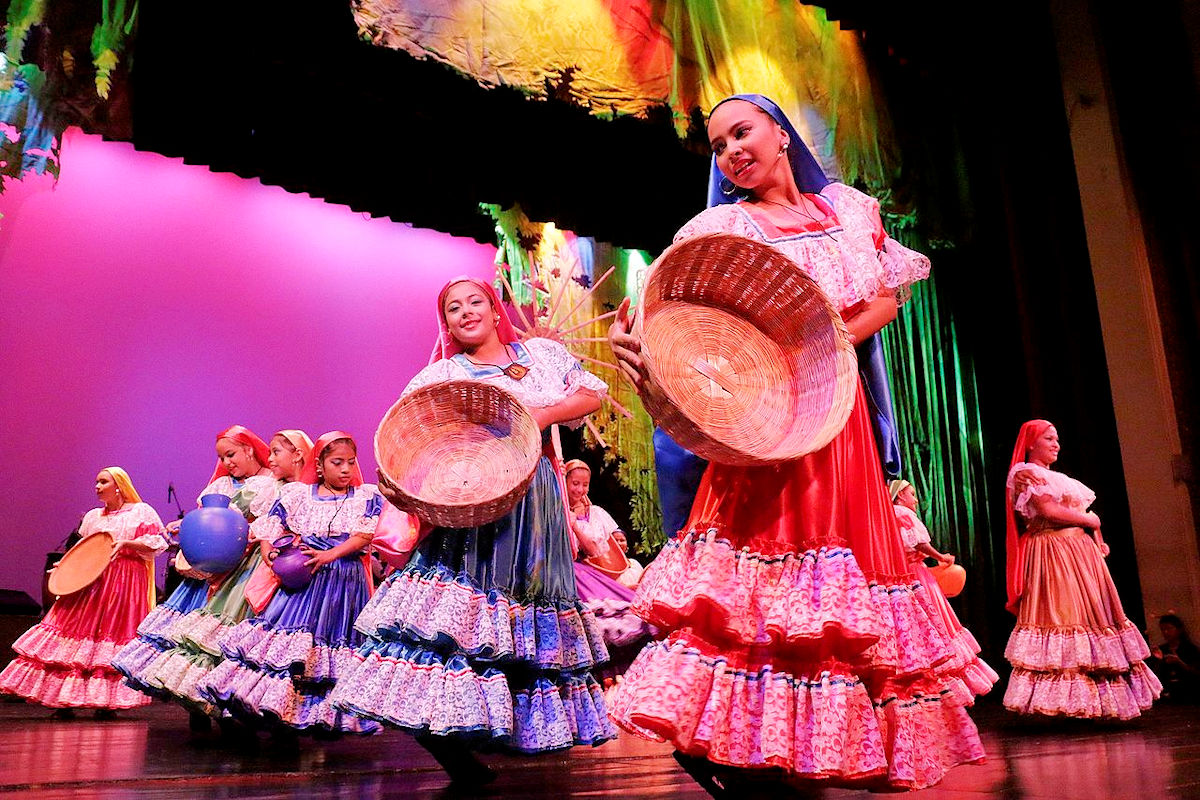
For the dances, it is prevalent to wear the typical costumes of the region and sometimes include different choreography. It is due to the type of festivity. Create the history as an artistic display for the inhabitants and tourists who enjoy the celebration.
The most important is the dance of the Historians, El Torito Pinto, and Los Pastores, which, together with the rest, are classified as follows:
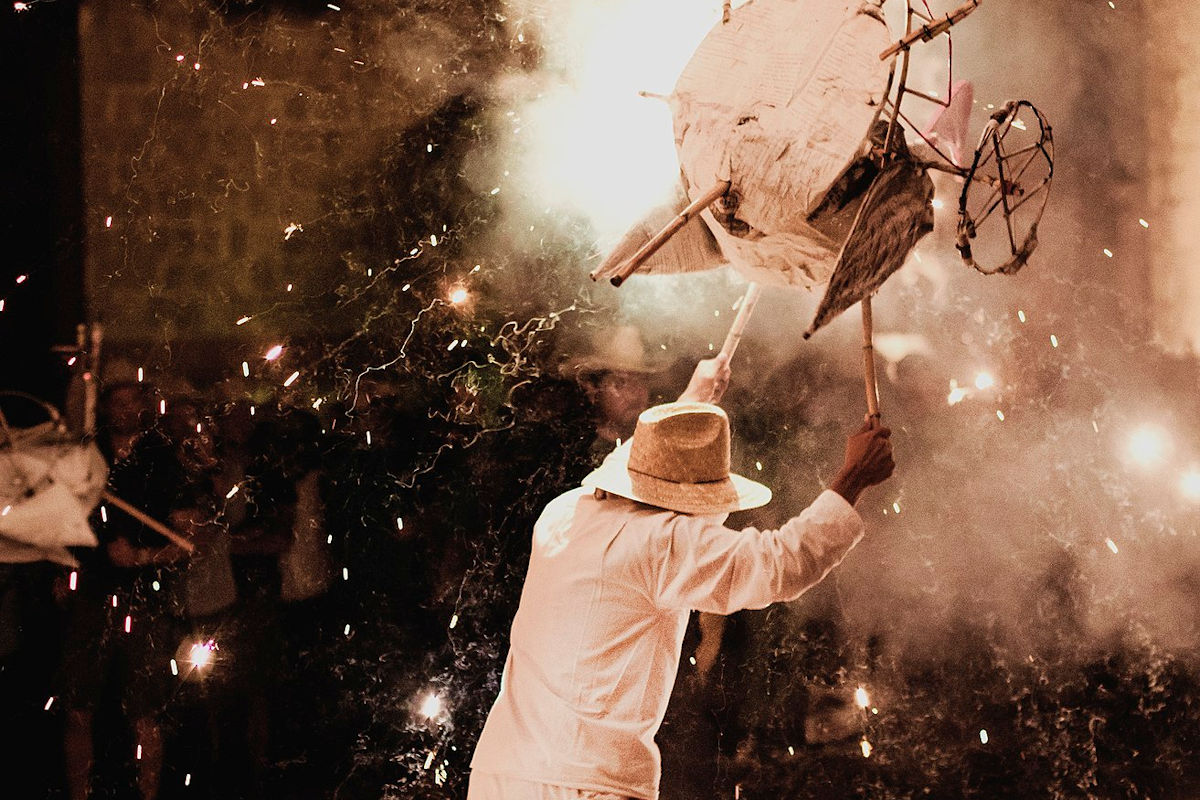
- Historians: Historiantes, los negritos and los talcigüines.
- Christmas: the heron, the shepherds, the Herods, the dance of the rich shepherd, the dance of the little devils, the chiraguaquitos, among others.
- Hunting: the cache de monte and the tiger and the deer.
- Taurine: the bull, torito pinto, the vaquita, cow dance, among others.
- Burlesque: dance of the jacket, the chaperones, the gigantona, among others.
- Offering: El Santo Tingo.
- Courtship: the black Sebastiana, the flea and the louse, and the dance of the cigars.
- Propitiatory: Dance of San Benito.
- Festive: The dance of the soguilla and the dance of couples.
- Warriors: the partesana, the emplumados, the yegüita, among others.
Literature
From colonization to the present, the nineteenth and twentieth centuries are the most critical periods for Salvadoran literature. Almost 50 writers stood out in this period, whose texts are still read by new generations. From this group stand out:
- Alberto Masferrer: born in Usulután on July 4, 1868. Among his outstanding works are “Páginas,” “Ensayo Sobre el Destino” and “El Rosal Deshojado.”
- Claudia Lars: Salvadoran poet born in Armenia, Sonsonate. On December 20, 1899. Among her works are “Romances de Norte y Sur,” “Escuela de Pájaros,” and “La Casa de Vidrio.”
- Salvador Salazar Arrué “Salarrué”: He was born on October 22, 1899 in Sonsonate. He dedicated himself to painting and writing. Among his famous works are “Cuentos de Cipotes,” “Trasmallo,” and “El Señor de la Burbuja.”
- Roque Dalton: born in San Salvador on May 14, 1935. From a young age, he dedicated himself to poetry, journalism, and politics. The latter led him to exile, emigrating to different countries worldwide. Among his best works, we can mention “Las historias prohibidas de Pulgarcito”, “La Ventana en el Rostro” and “Poemas Clandestinos”.
Painting
Painting is also an essential part of El Salvador’s culture, and it is even said that Juan Francisco Wenceslao Cisneros is the leading exponent of this art. Although he was born in the country, his years as an artist took place in Europe and later in Cuba.

Therefore, we can find very few of his works in El Salvador. Among them, the most important was the replica of “The Transfiguration” by Rafael Sanzio, which was exposed in the church of the Immaculate Conception in Santa Tecla until an earthquake destroyed it.
After this, other painters, icons, and great exponents of the visual arts, such as:
- Carlos Alberto Imery: his most important works are “Plazoleta de las Hierba”, “Muchacho de la Máscara”, “Volcán de San Salvador” and “La Ceiba del Cementerio”.
- Zélie Lardé: she was Salarrué’s wife and even illustrated some of his works. Therefore, you can find her artwork in “Cuentos de Cipotes” and her paintings “Recreo de escuela” and “Familia.”
- Julia Díaz: One of the most outstanding Salvadoran painters of the twentieth century. “El Retrato de Norma”, “Carrusel”, “Chabela y sus hermanitos” and “Después de la quema” are her most impressive works.
5. Religion
Finally, we could not fail to talk about religion in El Salvador, which is a manifestation full of tradition and culture. In its origins, the native peoples worshiped their gods, but with the arrival of the Spaniards also came Catholicism.
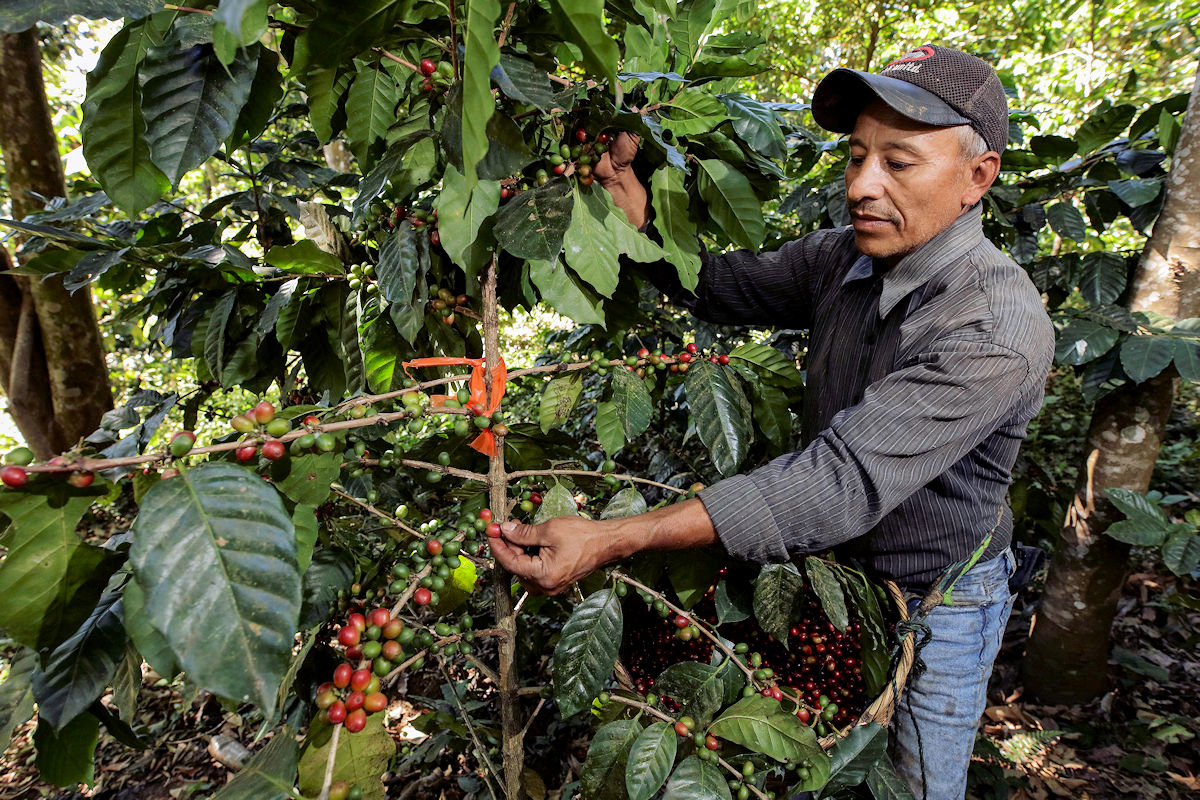
Since then, at least 74% of the population has declared themselves openly Catholic. The rest comprise the religious movements of the Mormon, Pentecostal, Lutheran, and Jehovah’s Witness churches, among others.
This group is estimated at 20% of the population, and the other 6% comprises Islamist and Jewish communities established in El Salvador.
